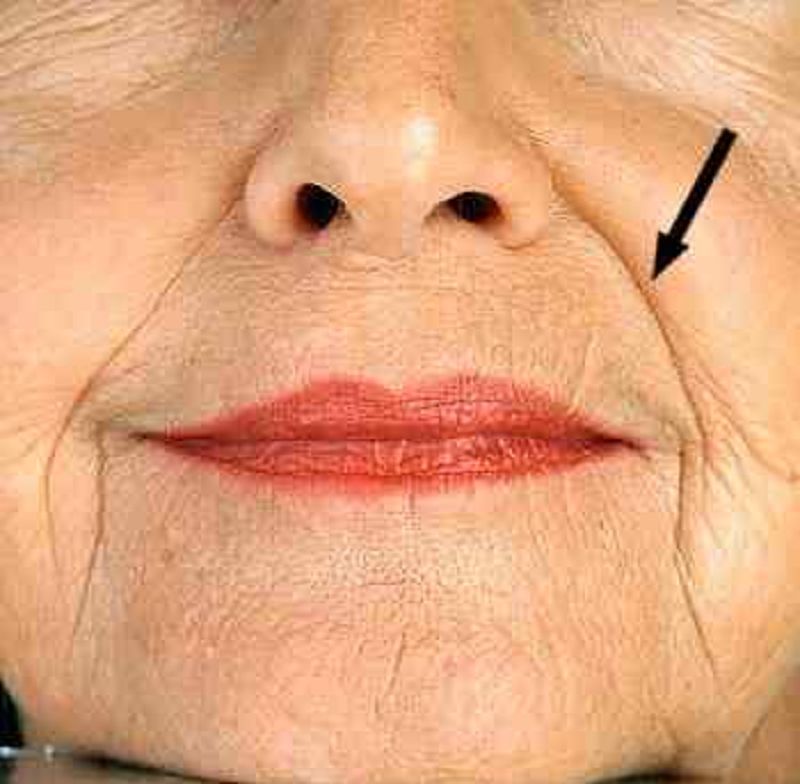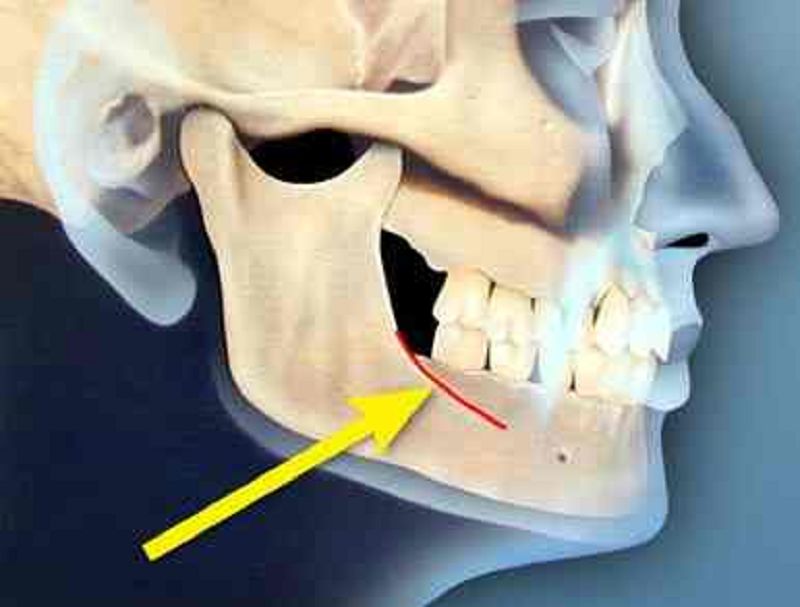Maxillary & Mandibular landmarks
{"name":"Maxillary & Mandibular landmarks", "url":"https://www.quiz-maker.com/QPREVIEW","txt":"Test your knowledge on the anatomical landmarks of the maxilla and mandible with this comprehensive quiz! Designed for dental professionals and students, this quiz covers crucial aspects of denture design and oral anatomy.Whether you’re preparing for exams or simply want to refresh your understanding, this quiz includes:20 thought-provoking multiple choice questionsInstant feedback on your answersA chance to learn more about denture fitting and oral landmarks","img":"https:/images/course8.png"}
More Quizzes
Medical Emergency in Dentistry, Year 6DD, Academic 2016-2017
202101430
IM Eleetro
26130
Laboratory Apparatus part 1
10516
Summative Test in Edukasyon sa Pagpapakatao 4 (3rd Quarter) by Teacher MARYLYN P. GUTIERREZ
402038
Ball or Strike Umpire - Test Your Baseball Calls
201016682
What Class Am I? Free Social Status Online
201016624
Abnormal Psychology Exam 1 - Free Practice Test
201019855
Weight Watchers Mayonnaise Points - Free Online
201018648
What Spice Are You? Free Personality
201017041
Bollywood Songs - Guess the Hit from a Picture
201019400
Linear Equations - Solve for x (Free Practice)
201017759
High IQ Test - Free Online with Instant Results
201017759


